SHOT TO REMEMBER
BY ROB FELD
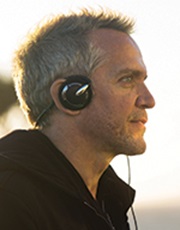 Season 1, Episode 7 of Big Little Lies, "You Get What You Need," had six prior episodes of secrets and the murder mystery teased in Episode 1 to tie up in a season-ending cliffhanger. Jean-Marc Vallée directed the miniseries, and won a DGA Award for his efforts, sewing in the visual cues and grammar he would now call upon to communicate the characters' internal conflicts and, in a redemptive sequence, satisfy the emotional reveals.
Season 1, Episode 7 of Big Little Lies, "You Get What You Need," had six prior episodes of secrets and the murder mystery teased in Episode 1 to tie up in a season-ending cliffhanger. Jean-Marc Vallée directed the miniseries, and won a DGA Award for his efforts, sewing in the visual cues and grammar he would now call upon to communicate the characters' internal conflicts and, in a redemptive sequence, satisfy the emotional reveals.
In the sequence, the Monterey, Calif., school attended by the children of the show's lead characters, Madeline (Reese Witherspoon), Celeste (Nicole Kidman) and Jane (Shailene Woodley), is throwing an Audrey Hepburn/Elvis Presley-themed benefit gala. As strained relationships crack at the party, the women collect at an outside patio atop the stairs where we know from Episode 1 that a death of a thus-far unidentified character is going to occur.
When Celeste's husband Perry (Alexander Skarsgård) follows her outside to confront her about leaving him, Jane realizes through flashback that Perry was the man who raped her years before. Before words can be spoken, however, Perry tries to drag Celeste away and winds up brutally beating her as the women intervene. In the scrabble, Bonnie (Zoë Kravitz) charges in to push Perry down the stairs, killing him and in so doing revealing the identity of the Episode 1 corpse.
"It was the toughest shoot of my life," says Vallée. "Ten nights starting at 8:30 at night and finishing at 6 as daylight was coming. There were so many shots, angles, points of view and all these perspectives to cover so we shot two pages a day instead of four or five. We were [always] planting possibilities of who could have been the murderer, so the idea at this point was to make the audience say, "It's now going to explode between these women and turn really, really bad."
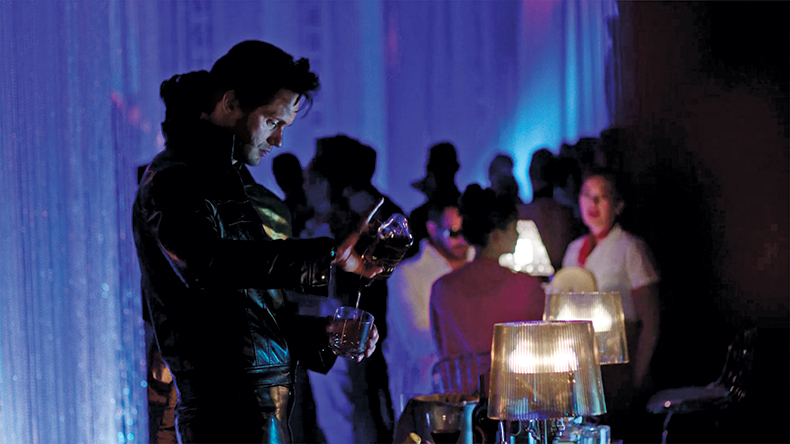
"Perry (Alexander Skarsgård) pours himself a drink in a medium shot, his little finger up just like when Jane remembers her rapist. I didn't want to be bold and do a close-up on the finger. We're in Tom's (Joseph Cross) perspective here, so I stayed behind him with the 35mm lens, which is close to the human eye, and tried to respect his distance. The whole design of the series is based on the 35mm lens, because it allows us to expose the locations and because of how we shoot characters' perspectives and use distance."
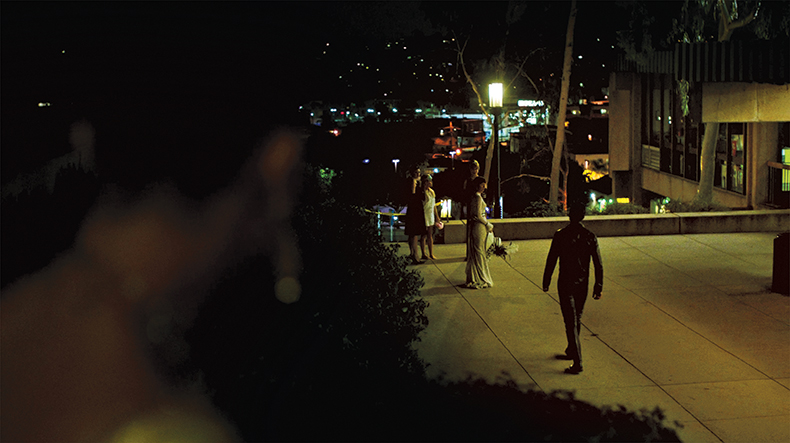
"This is Bonnie (Zoë Kravitz) arriving into frame in the foreground to watch Perry. Again, we're on the 35mm lens and with this kind of lighting, [DP] Yves [Bélanger] is always opening almost at the maximum at 1.6—not entirely, otherwise the image becomes milky at 1.3. So, the depth of field is minimal. We shoot available light, that way we can shoot her POV with the dirty foreground and then without cutting just move the camera to do her close-up; that's why the 35mm is great. The book had the killing happening inside, but we adapted the script to this location, where the trees reminded us of Monterey. Yves asked [production designer] John Paino to put some practical lamps to light each one."
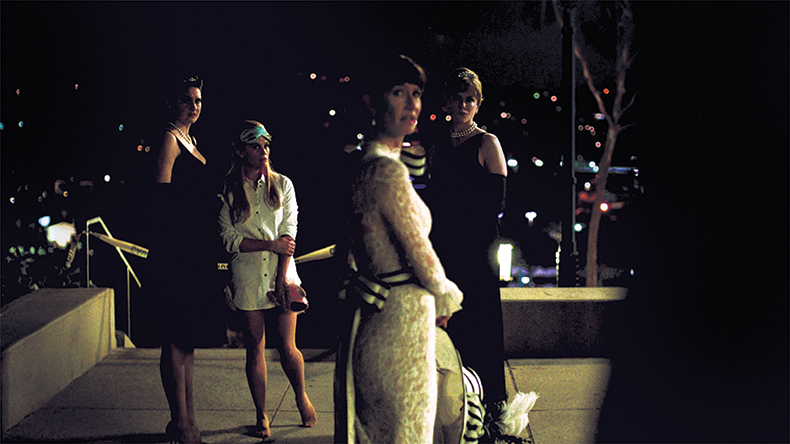
"This is Perry's perspective. I like to shoot handheld because you don't have tracks, dollies or cranes. I can do five shots in one setup without cutting and 25 people jumping in front of the camera to do touch-ups. This way I can just shoot, the actors are just doing and redoing and redoing, and they love it. They help each other, it evolves, we find something and then, whoops, I go back to the first shot because I realize it was better from another angle, and we just do it. The handheld allows for that, and it feels real because of its imperfection."
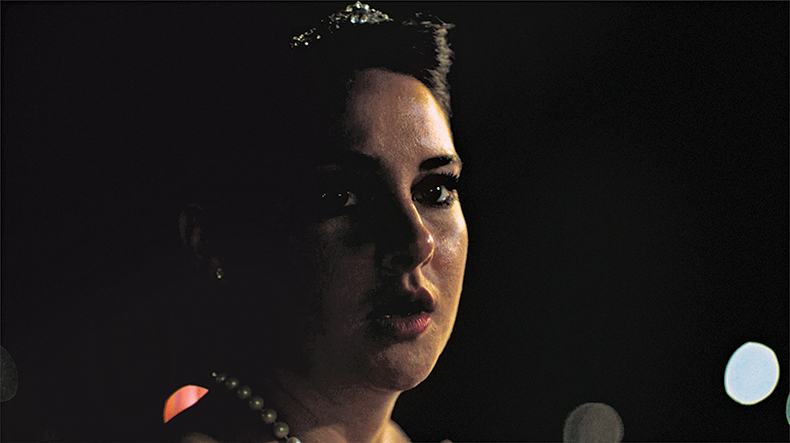
"We are on an 85mm lens now, using the close-up as Jane's starting to sense who Perry is, but we don't yet know why. I cover this scene from all the women's and Perry's perspectives, but Jane has more close-ups than the others because I'm going to go into her head and I want to see her eyes. We get what she thinks, what she fears and what she fantasizes. You need to keep track of where everybody is and it's complicated to set up the right geography, so we're very strict with eyelines and the language of the 35mm lens and the distance. But of course, we get out of it sometimes to get a shot like this. But if you start changing lenses all the time, the distance gets confusing."
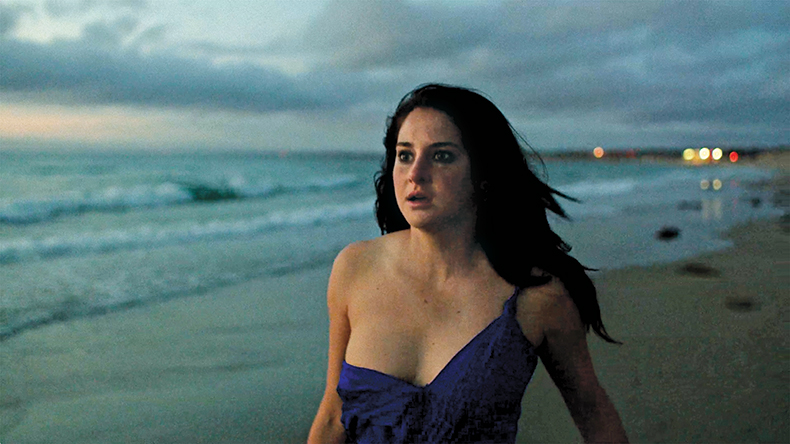
"As Jane realizes, we cut to this fantasy of her following her rapist on the beach with the gun in her hand. The Presley song from the party, "How Is the World Treating You," is distorted. We're in her head and what's important is the visual, so we just keep this ghost of a song. No sounds of the past. Sound is always diegetic and source for me, so the characters hear any music. Sometimes I cheat and I keep the music longer, so it becomes score in a way, but the story tells me what music is needed and from whose perspective it will come."
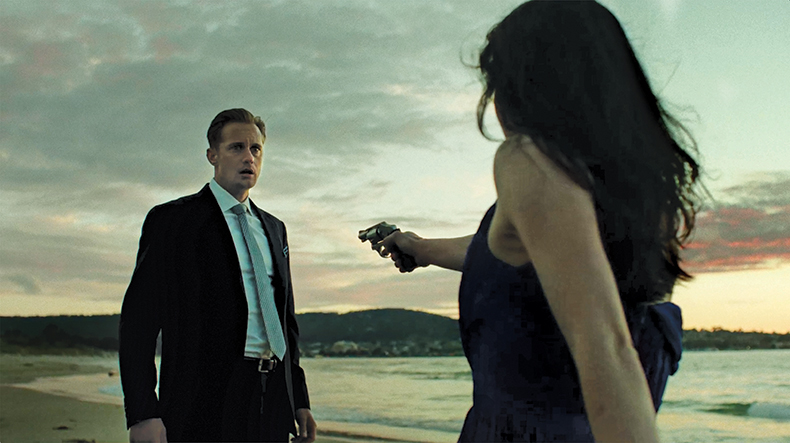
"Who is this man? He turns, it's Perry, and Jane raises the gun but can't shoot him. We shot this twice in Monterey on Steadicam, once with strong daylight and then when we were losing light. The Alexa camera helps us a lot. Sometimes shooting [with] available light, we start at 7 p.m. and by 7:50 p.m., Yves is telling me he's been pushing the Alexa for 20 minutes and this has to be it, the sun is going down. It still looks great, but in 10 minutes we're fucked. Then we don't stop to light, we just go, go, just capture. And if it doesn't happen, well, we come back the next day."
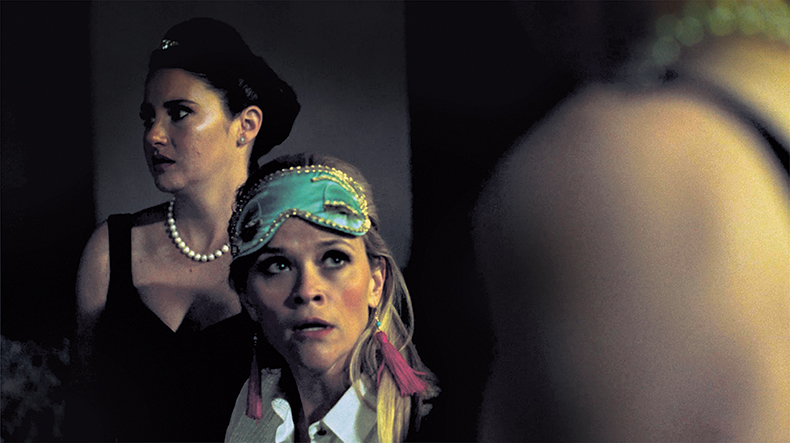
"Back in reality, Maddie gets what Jane was going through and turns to Celeste, who turns to Jane and I cut between perspectives and another close-up. It was beautiful to see these women doing their magic and their art, together in this intensity of panicking and then the violence. It was tough because when you have five strong performers like this, they all want to do good and they all have ideas. You need to hear everyone but still lead. We were tired. Shooting nights is tough, but you have to focus and be creative. So, that was quite an experience."
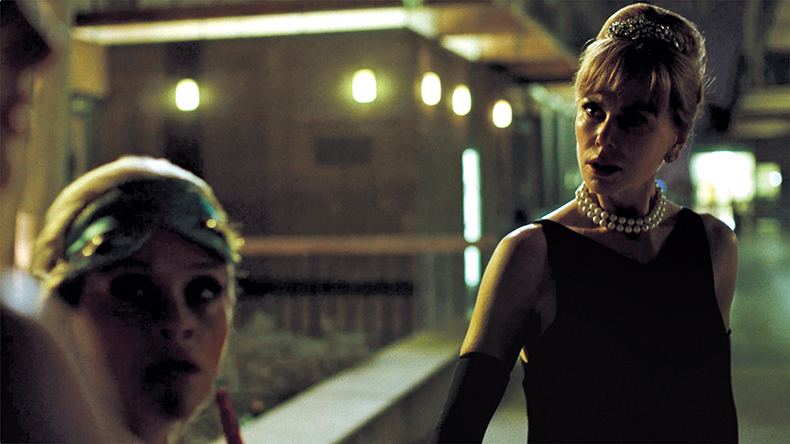
"We avoided front lighting to really feel the night but it does make it dark. It feels natural and imperfect, and that's why I like working with Yves; he controls the camera so well and has the courage to do this. We'd done 100 commercials together but with Dallas Buyers Club, we really went available light, handheld, with 360 degrees shooting on location to create a space of freedom. We ask the crew to hide, there are no flags, no reflectors. In that way, John Paino, production designer, becomes the DP's main guy, giving him torches or the streetlamp at the top of the stairs that we turned on or off as needed."
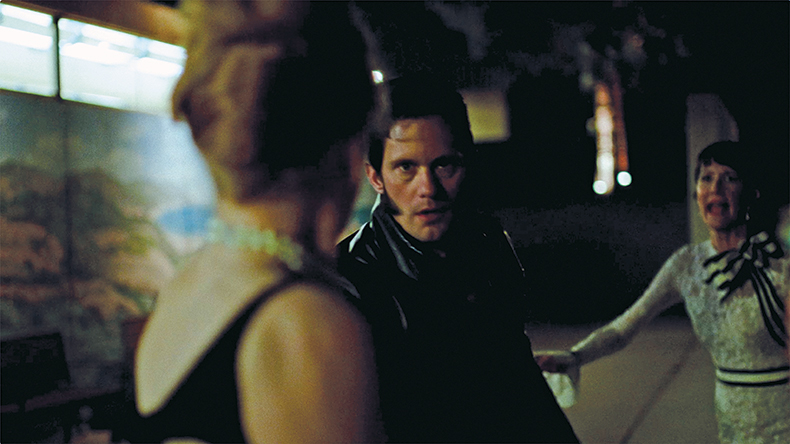
"The shot before this is the future and the women are watching the ocean. Then bang, we cut back here with the sound of the ocean, the fight starts and these women become the ocean. No sound of reality, no sound of fighting, just the piano music. I had thought I was going to do this in slow motion, so we recorded these shots at 60 frames per second (fps). But I realized in the cutting room that the violence didn't work in slow motion. That was a good thing because when I decided to speed them up, 60 fps gives it a shuttering effect when put at 24 fps. So, we sped the shots to around 18 fps and all the movements seemed more violent."
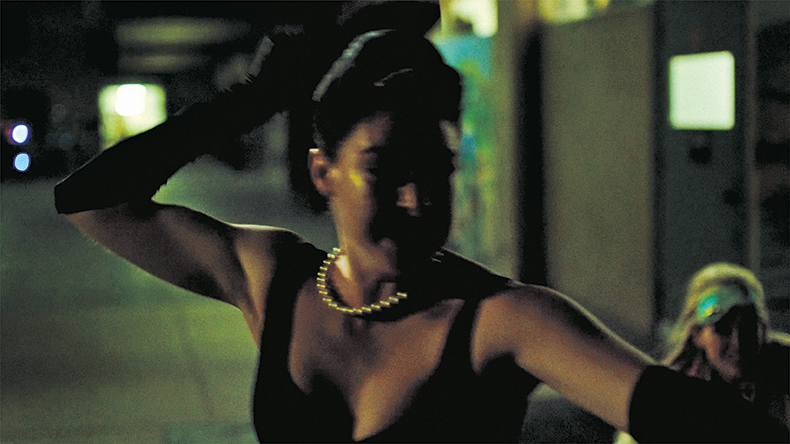
"Then all of our editors, all of them, I was calling them by their first name: Max, Vero, Justin, David and Sylvain. I was telling them, "You're Dave Eisenstein, you're Vero Eisenstein, I want to see amazing-stein (as in Sergei Eisenstein) cut of this moment, I don't want to see a shot more than 10 frames." All these shots are between six and 10 frames. It was nice to explore this: to go with the back-and-forth between the present and the past; then come back and play with the sound. What a fun episode to work on with the visual, the sound, the music and all these perspectives, which is one of my kicks: to embrace a strong POV."
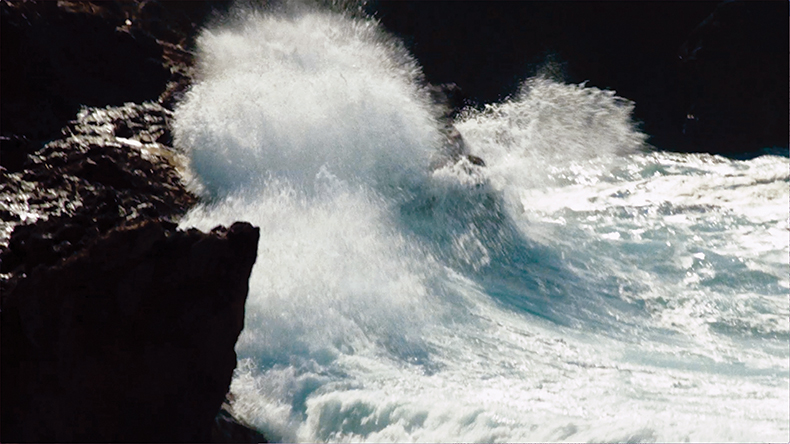
"These cuts to the ocean are so quick, you don't really know what's going on but you know that it's messy and that it's violent, and I was hoping that the audience would have the impression that these women were becoming strong. As these violent waves, as the ocean, they were becoming one, the ultimate force of the world to beat this motherfucker."
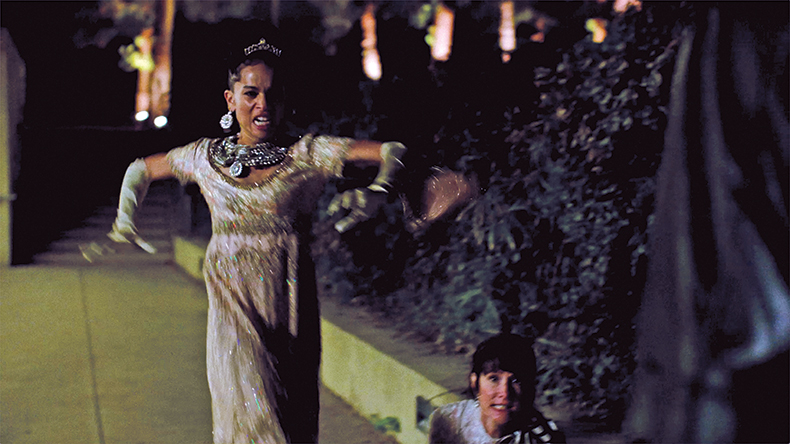
"When Bonnie pushes Perry, we bring the sound of the wave at the same time as the sound of the push. She screams but we don't put her scream loud, we put it ghost-like, like a flashback, like it's in the past. It's the lie they will have to live with. It was almost like an opera, with the music, singing, all these perspectives, and the partygoers as Greek chorus, popping in to gossip and comment on what's going on."
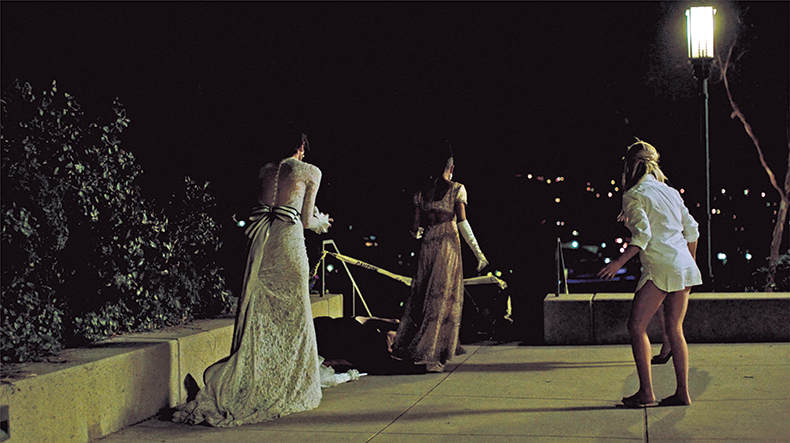
"Finally, we stop seeing this fight six frames at a time. Now it breathes and we wonder what the fuck. They can use the space and don't have marks on the ground to hit, but when it's nighttime and they stop in the dark, we try to find something that makes sense. I don't care if I don't see their faces properly if there's a nice silhouette. It was important for the costumes to go almost Hitchcockian. The white and black, the way they had their hair. I think the costuming, hair and the makeup contributed to an old Hollywood feel; to the drama, mystery and the suspense. "
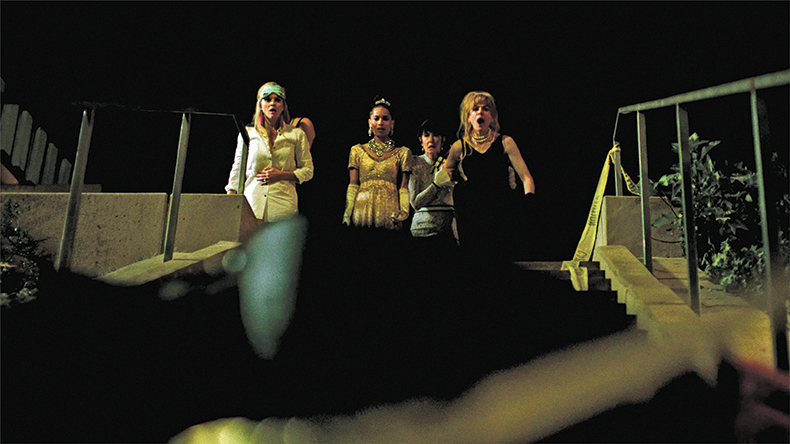
"This shot is set from where the dead body is, to have the five female characters looking almost straight at us, in awe as they discover what happened. The sound of the waves blends with their breathing. Bonnie has the spontaneous reaction of touching her neck. And we cut, no need to stay longer or to show Perry. We know what happened. So, we cut to the ocean picnic scene but the women aren't playing with their children anymore. They simply watch the ocean in silence. Bonnie touches her neck again as the violent waves of the ocean crash on the beach, one after the other. "